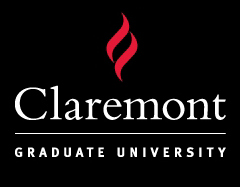Abstract
The ubiquity of Disney movies has certainly transformed the American cultural landscape. The Disney zeitgeist manifests itself as generations of children actively seek Prince Charmings, unrealistic fairy tale relationships and the omnipotent, happily-ever-after. One such Disney favorite, Beauty and the Beast (1991), reveals typical Disney themes such as the power of altruism, the transformation of the anthropomorphic, and the catharsis of true love. Yet, under these benevolent-seeming Disney themes lurk more sinister, subliminal messages. Beauty and the Beast promotes female subservience and subjugation in addition to the glorification of abusive relationships. Belle, the female protagonist, embodies these gendered disparities and remains objectified by the film’s masculine characters. At first glance, Belle seems as if an assertive, valiant heroine; however, a closer examination belies this understanding of Belle. Thus, my analysis intends to unearth these unexamined messages and also reveals the effect of these messages as consumed by Disney’s target audience: children. Ultimately, the animated Disney cartoon landscape conceals its more sobering, implicit messages. Unveiling these messages reveals the true nature of Disney films, and acknowledges the troubling damage inflicted by the pervasiveness of Disney and its ability to mold American culture.
DOI
10.5642/lux.201301.07
Recommended Citation
Chow, Jeremy
(2013)
"Beauty-ful Inferiority: Female Subservience in Disney’s Beauty and the Beast,"
LUX: A Journal of Transdisciplinary Writing and Research from Claremont Graduate University:
Vol. 2:
Iss.
1, Article 7.
Available at:
https://scholarship.claremont.edu/lux/vol2/iss1/7
Included in
American Popular Culture Commons, Critical and Cultural Studies Commons, Gender, Race, Sexuality, and Ethnicity in Communication Commons, Other Feminist, Gender, and Sexuality Studies Commons
